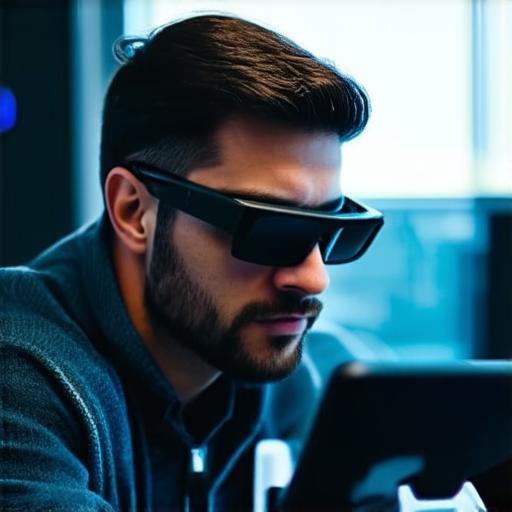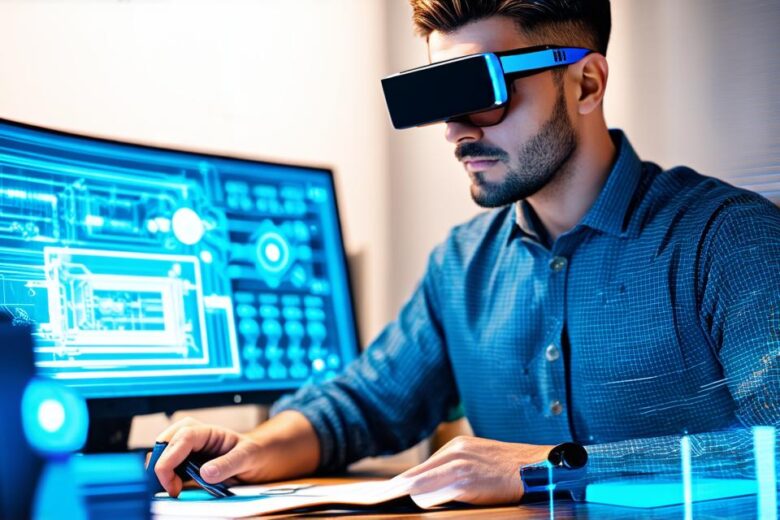Augmented reality (AR) technology has been gaining popularity over the years. AR refers to a digital technology that overlays information or virtual objects onto real-world environments using cameras, sensors and computer algorithms. AR software provides users with an immersive experience of enhanced reality where they can interact with virtual objects in a real-time environment.
Types of AR Software

There are several types of AR software available today. These include:
- Mobile AR apps – These are the most common type of AR software, and they are designed to run on mobile devices such as smartphones and tablets. They typically use the device’s camera to capture the real-world environment and overlay virtual objects onto it. Examples of popular mobile AR apps include Pokemon Go, Snapchat filters and IKEA Place.
2. Web-based AR – This type of AR software is accessed through a web browser and can be viewed on any device with internet connectivity. It does not require installation or downloading, making it a convenient option for users. Examples of web-based AR experiences include Aurasma and Metaverse Magic.
3. Enterprise AR – This type of AR software is designed for business use and is typically used in industries such as manufacturing, healthcare and education. It provides real-time information to workers and helps them perform tasks more efficiently. Examples of enterprise AR solutions include Vuforia and Wikitude.
4. Autonomous AR – This type of AR software is designed specifically for the automotive industry and is used to enhance the driving experience. It typically overlays information such as turn-by-turn directions, speed limits and fuel gauges onto the windshield or dashboard. Examples of autonomous AR solutions include BMW’s iDrive system and Toyota’s Entune system.
5. Smart glasses AR – This type of AR software is designed for use with smart glasses. These glasses are equipped with sensors and cameras that capture the real-world environment and overlay virtual objects onto it. Examples of smart glasses AR solutions include Google Glass and Vuzix Blade.
Benefits of AR Software
AR software provides several benefits to users, including:
- Enhanced user experience – AR software allows users to interact with virtual objects in a real-time environment, providing an immersive and engaging experience.
2. Improved productivity – AR software can help workers perform tasks more efficiently by providing real-time information and guidance.
3. Increased accuracy – AR software can help reduce errors by overlaying virtual objects onto the real-world environment with precise accuracy.
4. Cost savings – AR software can help businesses save money by reducing the need for physical materials, improving worker productivity and reducing waste.
5. Enhanced safety – AR software can help improve safety in industries such as manufacturing and construction by providing real-time information to workers and helping them perform tasks more safely.
Conclusion
AR software has the potential to revolutionize the way we interact with virtual objects in the real world. With the increasing popularity of mobile devices and internet connectivity, AR software is becoming more accessible to users of all ages and backgrounds. Whether you are a business owner or a casual user, there is an AR software solution available to meet your needs.
